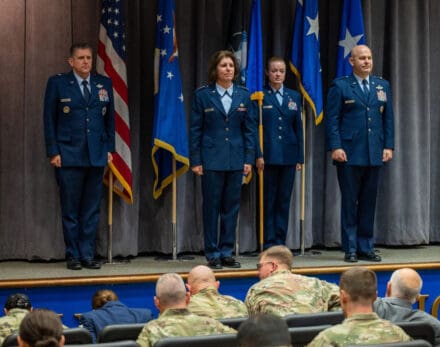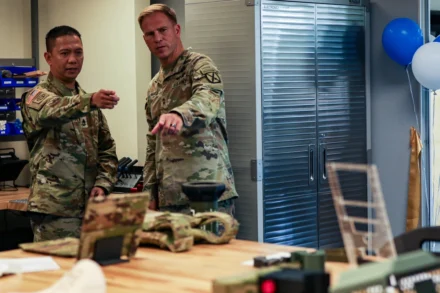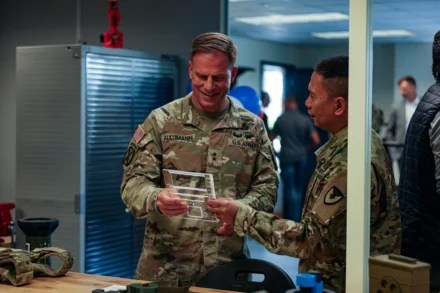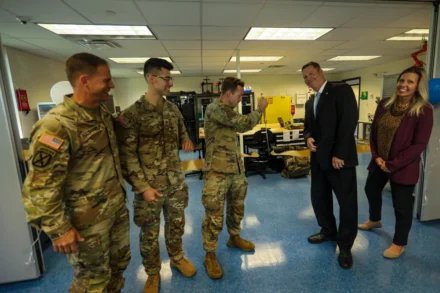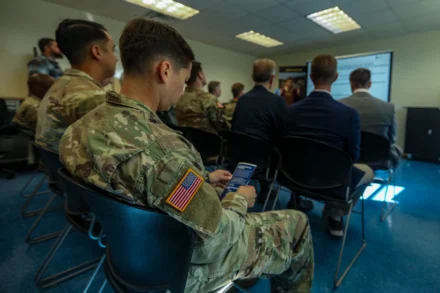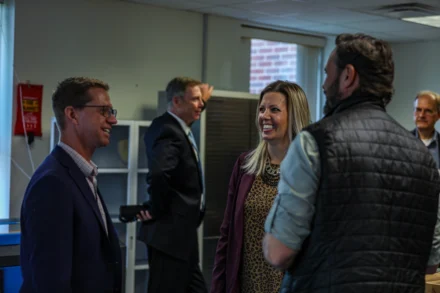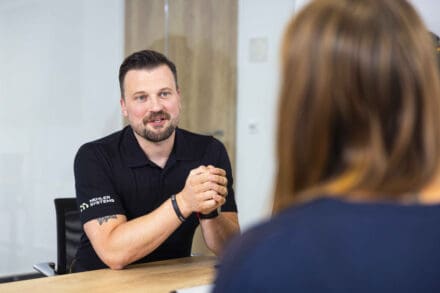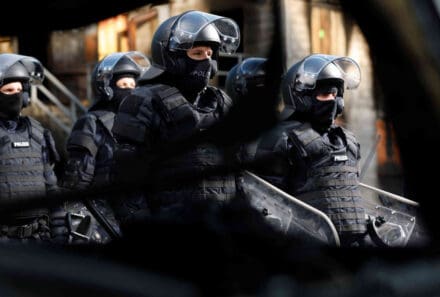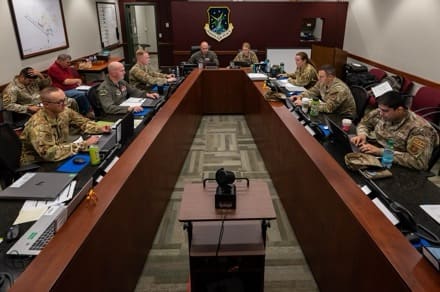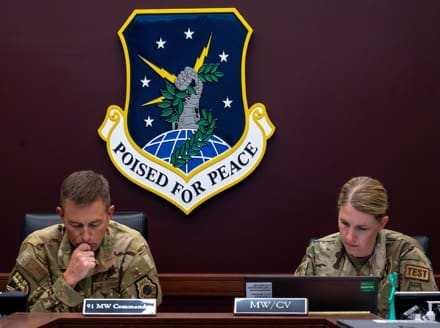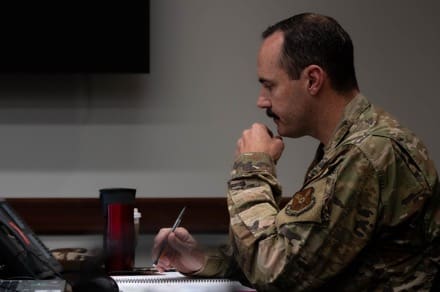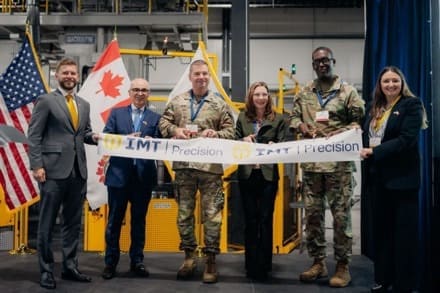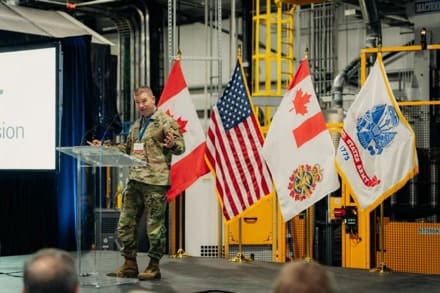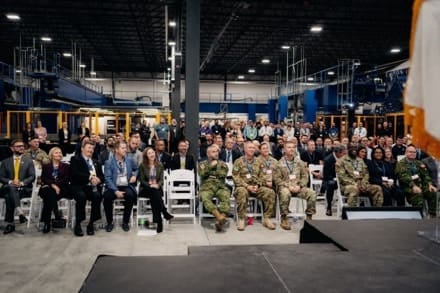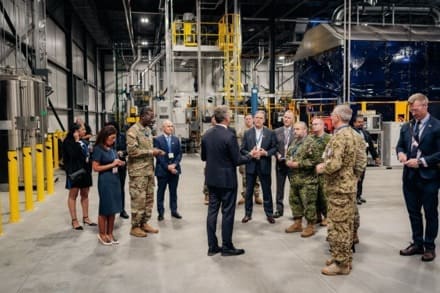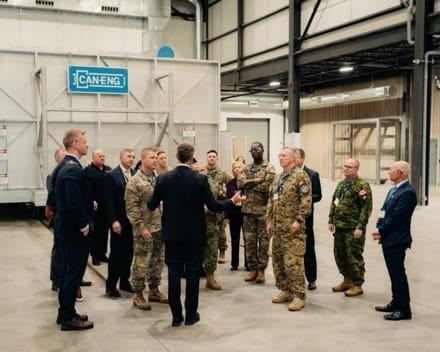USARPAC participates in AI/ML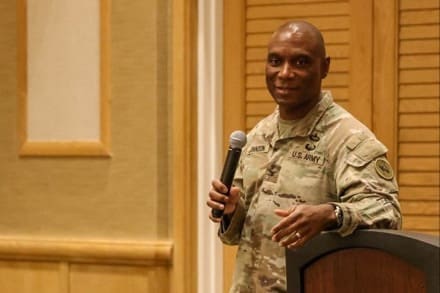
U.S. Army Pacific (USARPAC) continues to operate in the strategically vital Indo-Pacific region; it has placed a strong emphasis on integrating cutting-edge technology to maintain military dominance and address the evolving geopolitical landscape. The recent technological advancements within USARPAC reflect a deep commitment to strengthening communication, command and control (C2), and operational mobility in challenging environments.
The Artificial Intelligence and Machine Learning (AI/ML) workshop on Oct. 2, 2024, represents a significant step forward in enhancing USARPAC’s capabilities through AI-driven innovation.
The Pacific theater is a crucial arena for global security, requiring advanced technological solutions to ensure rapid response, efficient decision-making, and seamless coordination across military branches and with our allies and partners in the region.
As part of its ongoing modernization, USARPAC has embraced several key innovations, most notably the Integrated Tactical Network (ITN), Tactical Cross Domain Solutions (TCDS), and cutting-edge communication systems.
“So right now, we need an AI solution that allows us to go through those documents at a much, much more rapid pace,” said Col. Alton J. Johnson, Assistant Chief of Staff for USARPAC, who spoke during the workshop.
These tools are essential for maintaining situational awareness and operational functionality in diverse and complex environments, from dense jungles to remote islands.
USARPAC’s focus on improving mobility and communication is evident in its use of ITN, which allows commanders to communicate effectively in remote areas without relying on traditional infrastructure. The self-healing, self-forming nature of systems like radios ensures robust connectivity even in rugged and difficult-to-navigate terrains. These advancements have played a critical role in joint military exercises in the Philippines and Indonesia, where they helped overcome terrain-based communication challenges.
Joint and combined operations remain central to USARPAC’s mission, and its technological advances have enabled seamless cooperation with allies such as Japan, Australia, and South Korea.
The use of Tactical Cross Domain Solutions (TCDS) and Link 16 tactical data networks facilitates real-time data sharing and enhances interoperability between land, air and naval forces. These systems allow for more coordinated and effective joint fire operations, making USARPAC a leader in coalition force integration.
During the AI and Machine Learning workshop USARPAC is set to explore the next frontier of military technology: harnessing AI to revolutionize military operations. This exclusive event, bringing together thought leaders from institutions such as the Maui High Performance Computing Center, U.S. Pacific Fleet, U.S. Army Pacific, U.S. Indo-Pacific Command, Intel and Hewlett Packard Enterprise (HPE), will provide insights into the transformative potential of AI and Generative AI within the Department of Defense (DoD).
“As we prepare for tomorrow’s battles, the adoption of cutting-edge technologies like AI will be critical in safeguarding U.S. interests and promoting regional stability in the Indo-Pacific,” said Maj. Justin James, U.S. Army Pacific G-6 Operations, Branch Chief, in reference to the AI/ML workshop.
AI and ML technologies are rapidly advancing across the defense sector, with generative AI being hailed as a game-changer for the military. These innovations are enhancing capabilities in intelligence analysis, C2 decision-making, and autonomous systems, improving mission outcomes, operational efficiency and force safety.
The secondary wave of AI maturation is opening new doors to more sophisticated tools that can process and analyze vast amounts of data, optimize mission planning, and support complex, multi-domain operations.
The upcoming AI/ML workshop will showcase how these tools are already reshaping military functionality. For example, AI-enhanced decision support systems are making it possible to analyze battlefield data in real-time, enabling faster, more accurate command decisions.
AI-powered autonomous systems are being integrated to conduct reconnaissance and surveillance missions, reducing risks to personnel while ensuring that commanders have the intelligence needed to execute operations effectively.
The workshop will also emphasize how USARPAC is preparing for future operational challenges in the Pacific theater by leveraging AI-driven solutions. From maintaining control over vast oceanic distances to ensuring secure and timely communications, the insights gained from this event will equip USARPAC with the tools needed to stay ahead in an increasingly contested and technologically advanced environment.
“USARPAC’s commitment to innovation ensures that we remain at the forefront of military advancements, working closely with industry and academic partners to deliver transformative capabilities,” said James.
The partnership between industry, academia and military leaders will be crucial in shaping the AI/ML solutions that will define the next generation of defense technology.
USARPAC’s technological advancements demonstrate its leadership in ensuring that U.S. military forces remain agile, adaptive and prepared for the challenges of the Pacific theater. By integrating advanced communication systems, enhancing operational mobility, and fostering coalition partnerships, USARPAC is well-positioned to maintain dominance in this critical region.
The AI/MLworkshop further cements USARPAC’s commitment to innovation, offering a glimpse into how AI-driven technologies will revolutionize military operations in the coming years. With a focus on enhancing decision-making, optimizing mission outcomes, and safeguarding U.S. interests, USARPAC’s embrace of AI/ML ensures that it will remain at the forefront of military technological innovation.
By SPC Taylor Gray


